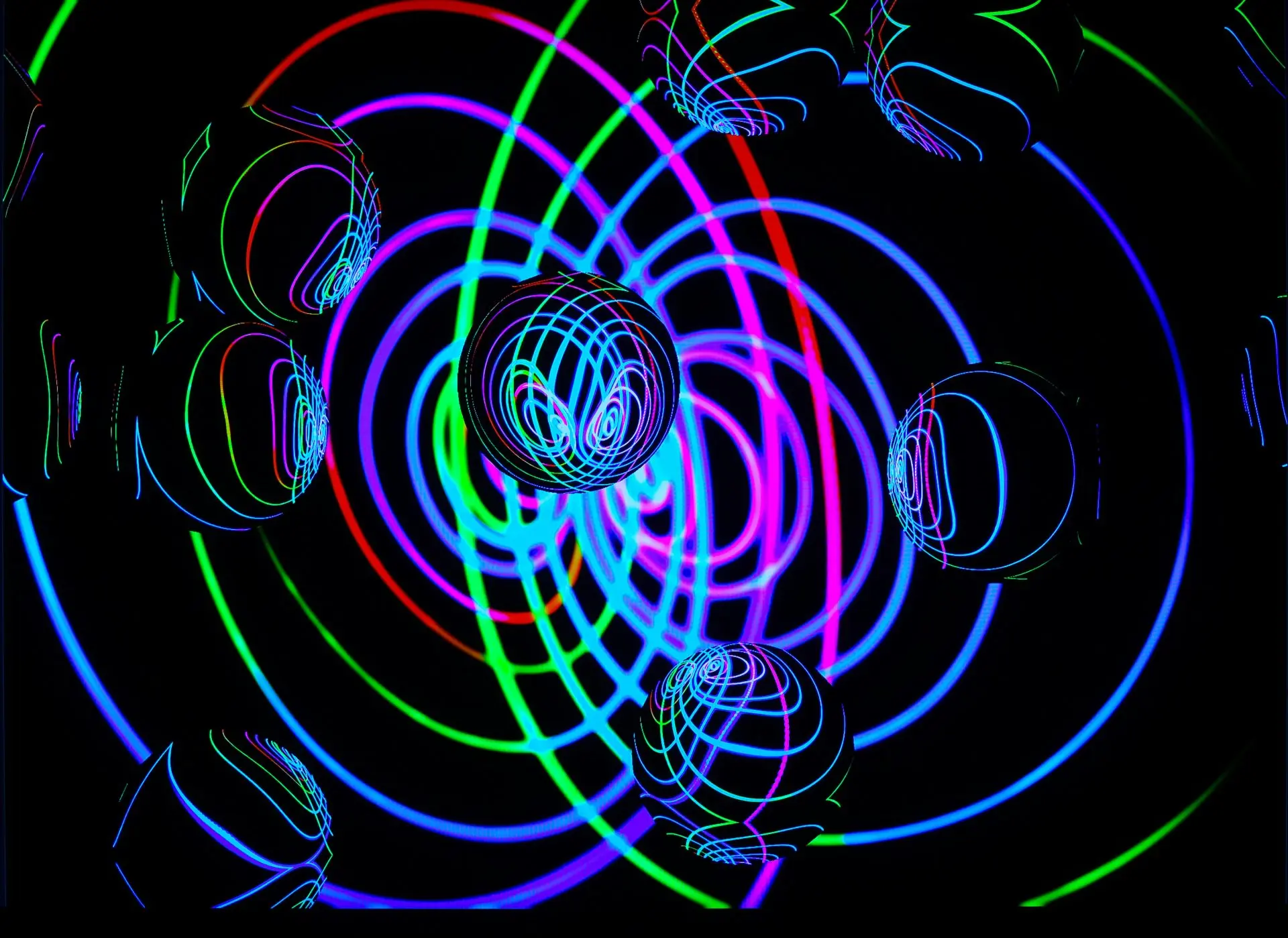The Eye of Horus: Symbol of Protection

Looking for more amazing products? Check out our online store and explore our collection here! Happy shopping!
Before diving in, please note: This post is for informational purposes only. If you’d like to know more about how we approach topics, feel free to check out our friendly Disclaimer Page.
Hey there, amazing readers! 
We’re committed to delivering quality posts, and your support (even just sticking around despite the ads) means everything to us. So, bear with us, and thanks for helping us keep the good vibes rolling. Now, on to the fun stuff!
TRANSLATE BUTTON AT THE END OF THE ARTICLE
The Eye of Horus: Symbol of Protection
Overview
The Eye of Horus, also known as the Wadjet eye, is a symbol deeply rooted in ancient Egyptian beliefs and mythology.
It holds immense cultural and religious significance, representing protection, healing, and the power of the god Horus.
This article aims to provide a comprehensive understanding of the Eye of Horus, exploring its origins, symbolic meaning, depiction, and characteristics.
Additionally, it delves into the roles and functions of the Eye, its connection to healing and medicine, modern interpretations, and its enduring popularity and influence in contemporary society.
Ancient Egyptian Beliefs and Mythology
To understand the significance of the Eye of Horus, it is essential to delve into the ancient Egyptian beliefs and mythology from which it emerged.
The ancient Egyptians had a polytheistic religion, and their mythology featured numerous gods and goddesses, each associated with various aspects of life and the natural world.
Among these deities, Horus held a particularly prominent position.
He was the falcon-headed god, representing the sky and divine kingship.
Horus was often depicted as the son of Osiris and Isis and played a crucial role in Egyptian mythology, primarily associated with protection and the pharaoh’s authority.
Origins and Symbolic Meaning
The Eye of Horus has its origins in ancient Egyptian cosmology.
According to mythology, the eye represents the sun, which was frequently associated with protection and healing.
The Eye of Horus symbolizes the power and authority of Horus, serving as a protective amulet against evil forces and misfortune.
It was believed to possess the ability to ward off illness, provide guidance, and ensure the prosperity and well-being of those who wore it.
Depiction and Characteristics of the Eye
The Eye of Horus is often depicted as a stylized human eye with distinctive markings.
These markings consist of six parts, each representing a fraction or measurement.
The Egyptians used these fractions for practical purposes like measuring land or dividing goods, but they also held symbolic significance.
The markings on the Eye of Horus represent the six senses: sight, hearing, smell, taste, touch, and thought.
These aspects combined to create a complete and powerful symbol of protection.
The Eye of Horus and the Deity Horus
The Eye of Horus is intimately connected to the god Horus himself.
Horus was a significant deity in ancient Egyptian mythology, associated with kingship, the sky, and protection.
He was believed to be the son of Osiris and Isis, and his eye represented a vital part of his story.
It is said that Horus lost his left eye during a battle with his uncle Seth, who murdered Horus’ father, Osiris.
The eye was later restored by the god Thoth, symbolizing healing, resurrection, and protection.
Thus, the Eye of Horus became a symbol of Horus’ power and protection.
Roles and Functions of the Eye of Horus
The Eye of Horus held several important roles and functions within ancient Egyptian culture.
It was primarily seen as a symbol of protection, guarding against evil and providing guidance to the wearer.
It was believed that the Eye of Horus had the power to ward off illness and misfortune, ensuring the well-being and prosperity of the individual.
Moreover, the eye was associated with the pharaoh’s authority, signifying his connection to Horus and his divine right to rule.
The Protective Power of the Eye
The Eye of Horus was revered for its protective power, making it a popular symbol in ancient Egyptian society.
Explore the Path to Spirituality and Enlightenment – Start Here.
It was believed to possess the ability to ward off evil spirits, curses, and malevolent forces.
Individuals would often wear amulets or jewelry featuring the Eye of Horus to benefit from its protective properties.
The eye was thought to offer a shield of divine energy, safeguarding the wearer from harm and ensuring their safety.
Symbolism in Ancient Egyptian Art and Architecture
The Eye of Horus held great symbolism in ancient Egyptian art and architecture.
It was a common motif found in temples, tombs, and various forms of artwork.
The eye’s presence in these structures served as a reminder of the protection and divine power associated with Horus.
The eye was often depicted alongside other sacred symbols, such as the Ankh and the Djed pillar, further reinforcing its significance in Egyptian religious and cultural practices.
Connection to Healing and Medicine
In addition to its protective properties, the Eye of Horus was closely associated with healing and medicine.
The eye symbolized clarity of vision, wisdom, and insight – qualities essential for effective healing practices.
Ancient Egyptian physicians embraced the eye as a symbol of their profession, believing it would grant them the ability to diagnose and treat illnesses with precision and accuracy.
It represented the connection between the divine and the healing arts, emphasizing the importance of spirituality in the practice of medicine.
Modern Interpretations and Usage
The Eye of Horus continues to be a powerful symbol in modern times, transcending its ancient Egyptian origins.
It has gained popularity as a decorative motif and a symbol of protection and spirituality.
Many people wear jewelry featuring the Eye of Horus as a talisman, believing it brings good fortune and shields them from harm.
The symbol has also been embraced by various esoteric and New Age movements, which associate it with mystical and metaphysical concepts such as intuition, enlightenment, and spiritual awakening.
Cultural Influence and Popularity Today
The Eye of Horus has had a lasting cultural influence, not only in Egypt but also worldwide.
Its distinct symbolism and association with protection and healing have resonated with people across different cultures and backgrounds.
The eye’s imagery can be found in various forms of popular media, such as movies, books, and video games, further cementing its place in contemporary culture.
The enduring popularity of the Eye of Horus serves as a testament to its timeless appeal and the enduring fascination with ancient Egyptian mythology and symbolism.
Conclusion: Enduring Significance of the Eye of Horus
The Eye of Horus stands as a symbol of protection, healing, and divine power in ancient Egyptian mythology.
Its origins lie in the beliefs and cosmology of ancient Egypt, where it held immense cultural and religious significance.
Today, the Eye of Horus continues to captivate and inspire, transcending its ancient origins to become a symbol embraced by people worldwide.
Whether worn as a personal talisman or admired for its aesthetic appeal, the eye serves as a reminder of the enduring legacy of ancient Egyptian culture and the timeless power of symbolism.

The Enlightenment Journey is a remarkable collection of writings authored by a distinguished group of experts in the fields of spirituality, new age, and esoteric knowledge.
This anthology features a diverse assembly of well-experienced authors who bring their profound insights and credible perspectives to the forefront.
Each contributor possesses a wealth of knowledge and wisdom, making them authorities in their respective domains.
Together, they offer readers a transformative journey into the realms of spiritual growth, self-discovery, and esoteric enlightenment.
The Enlightenment Journey is a testament to the collective expertise of these luminaries, providing readers with a rich tapestry of ideas and information to illuminate their spiritual path.
Our Diverse Expertise
While our primary focus is on spirituality and esotericism, we are equally passionate about exploring a wide range of other topics and niches 

To ensure we provide the most accurate and valuable insights, we collaborate with trusted experts in their respective domains 
Our blog originally focused on spirituality and metaphysics, but we’ve since expanded to cover a wide range of niches. Don’t worry—we continue to publish a lot of articles on spirituality! Frequently visit our blog to explore our diverse content and stay tuned for more insightful reads.
Hey there, amazing reader! 
Check out our store here and take a peek at some of our featured products below! Thanks for being awesome!
















